Castle
Castel Bibbiano Cacciaconti o Palazzo Massaini
PIENZA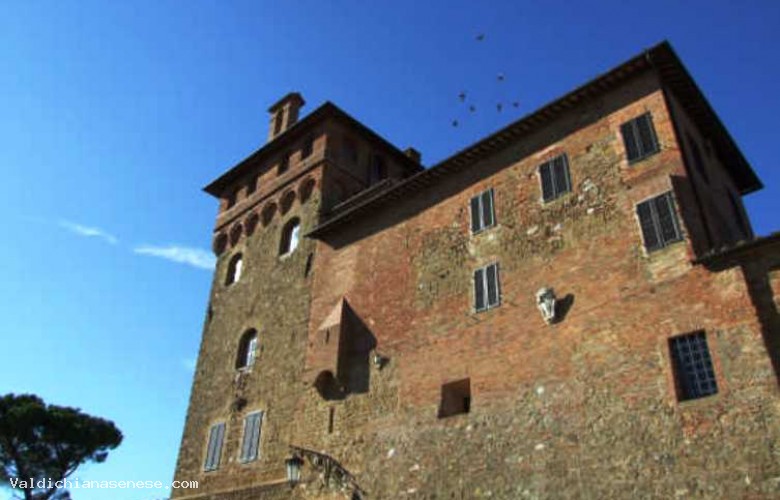
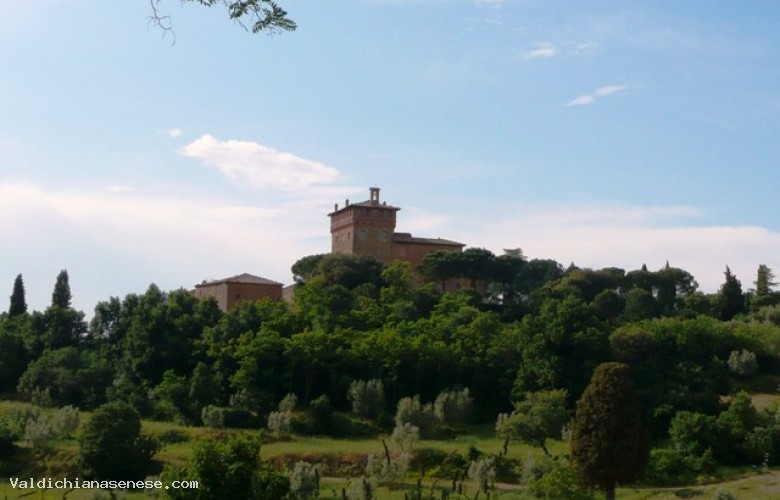
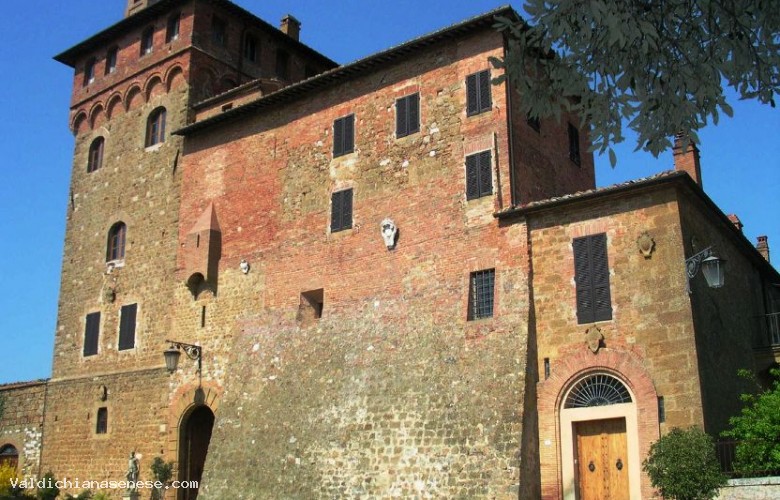
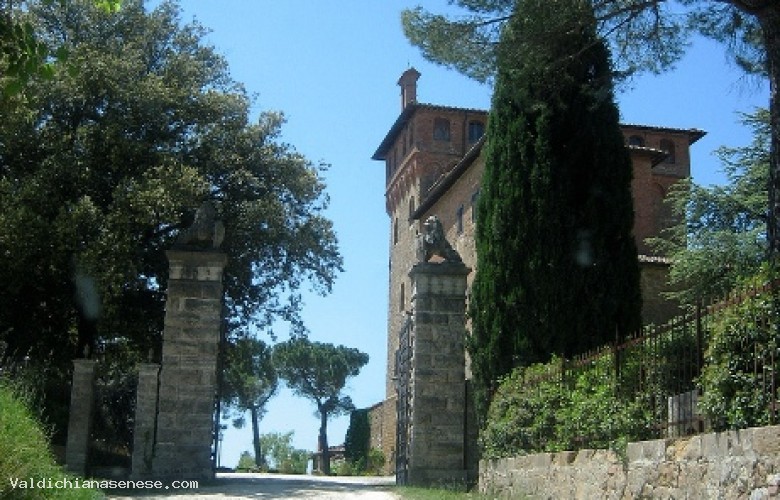
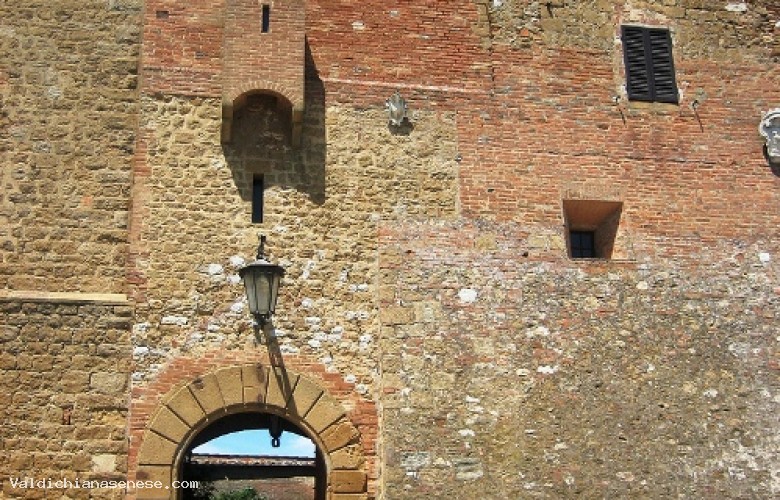
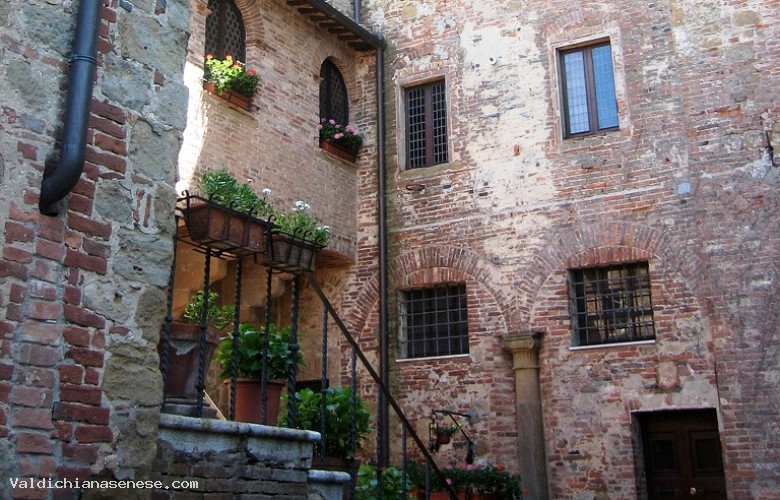
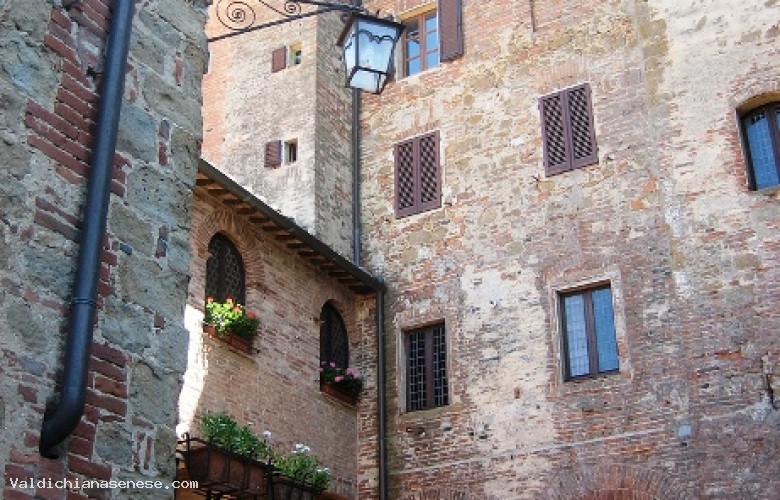
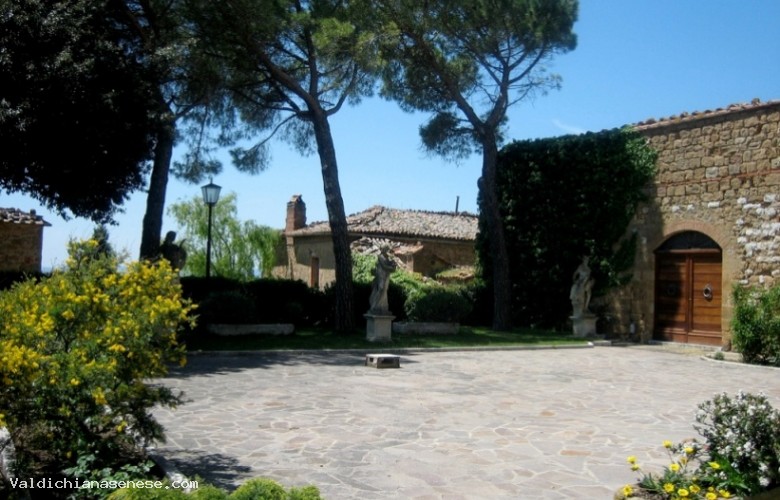
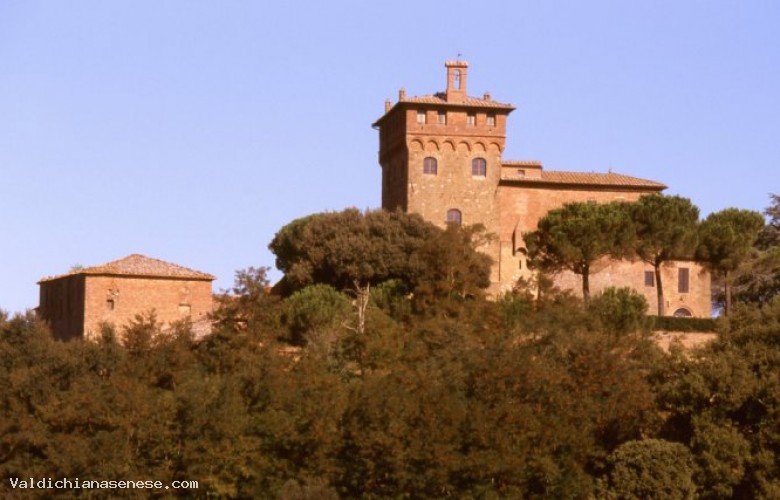
Originally in this location there was a border castle of Scialenga, dominated by a family of Salic origin: the Cacciaconti.
Their dominion, before passing under the control of Siena between 1100 and the first half of 1200, extended over the whole territory of the Crete and reached, to the south, almost up to the walls of Montepulciano. In fact, in addition to Bibbiano, there were the castles of Torrita, Montefollonico and Petroio to guard that border.
The function of this castle was, originally, to guard the access, from Valdorcia or Montepulciano, to the great valley below the villages of Petroio and Castelmuzio.
After the Sienese gradually conquered the castles of Scialenga, this castle had various owners, including the Piccolomini family of Pope Pius II. In the Renaissance period, the property passed to the noble Sienese family of the Massaini, from which the current name derives. The latter heavily modified the layout of the castle, transforming it into a fortified villa.
Except for the adjoining Italian garden of a later period, the castle appears today as it was renovated in the 16th century.
Click here to read a historical-artistic study
Originally in this location there was a border castle of Scialenga, dominated by a family of Salic origin: the Cacciaconti.
Their dominion, before passing under the control of Siena between 1100 and the first half of 1200, extended over the whole territory of the Crete and reached, to the south, almost up to the walls of Montepulciano. In fact, in addition to Bibbiano, there were the castles of Torrita, Montefollonico and Petroio to guard that border.
The function of this castle was, originally, to guard the access, from Valdorcia or Montepulciano, to the great valley below the villages of Petroio and Castelmuzio.
After the Sienese gradually conquered the castles of Scialenga, this castle had various owners, including the Piccolomini family of Pope Pius II. In the Renaissance period, the property passed to the noble Sienese family of the Massaini, from which the current name derives. The latter heavily modified the layout of the castle, transforming it into a fortified villa.
Except for the adjoining Italian garden of a later period, the castle appears today as it was renovated in the 16th century.
Click here to read a historical-artistic study